Introduction
Labrador Retriever Training is key to unlocking their vibrant energy and loyalty
- Known for their friendly disposition, Labradors are great family pets
- Achieving a well-behaved Labrador requires dedication and effective training
- Reward-based training strengthens your bond with your Labrador
- This guide offers practical tips and strategies for new and experienced owners
- Discover key training techniques to make your Labrador a well-mannered companion
1. Understanding Your Labrador Retriever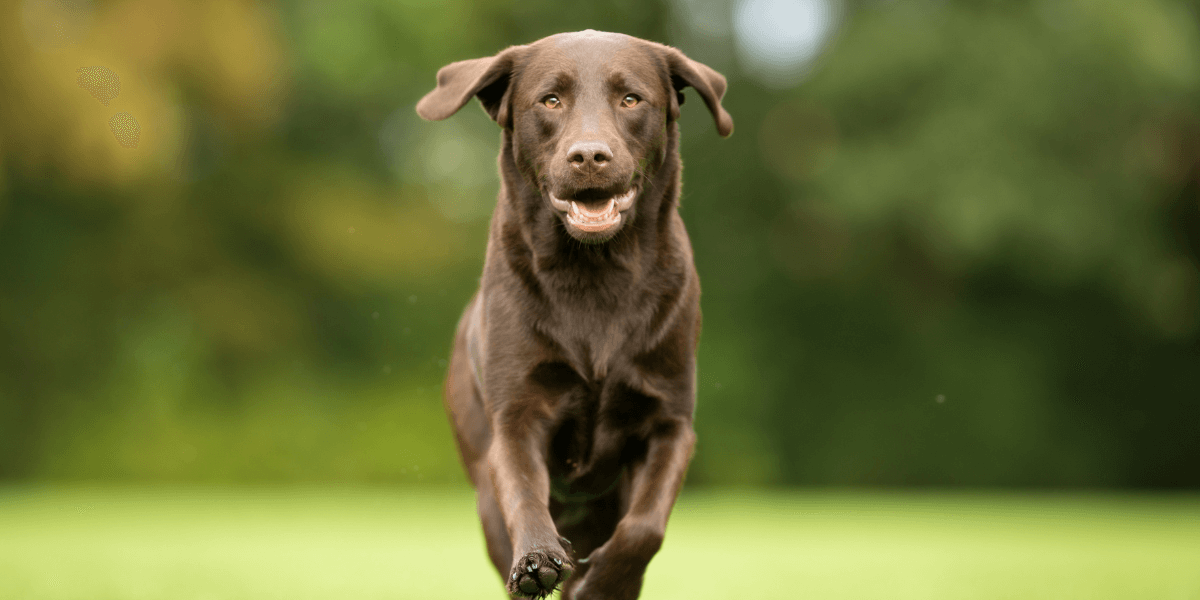
To train your Labrador effectively, start by understanding their unique traits and needs
- Energetic and Playful: Labradors are high-energy dogs that need ample physical activity
- Eager to Please: They respond well to positive reinforcement and are motivated by praise and treats
- Affectionate Nature: Are known for their loving and friendly demeanor, making them great family pets
- Social Butterflies: They thrive on social interactions and enjoy being around people and other animals
- Intelligent: Labradors are quick learners but can become bored if not challenged
2. Establishing a Training Routine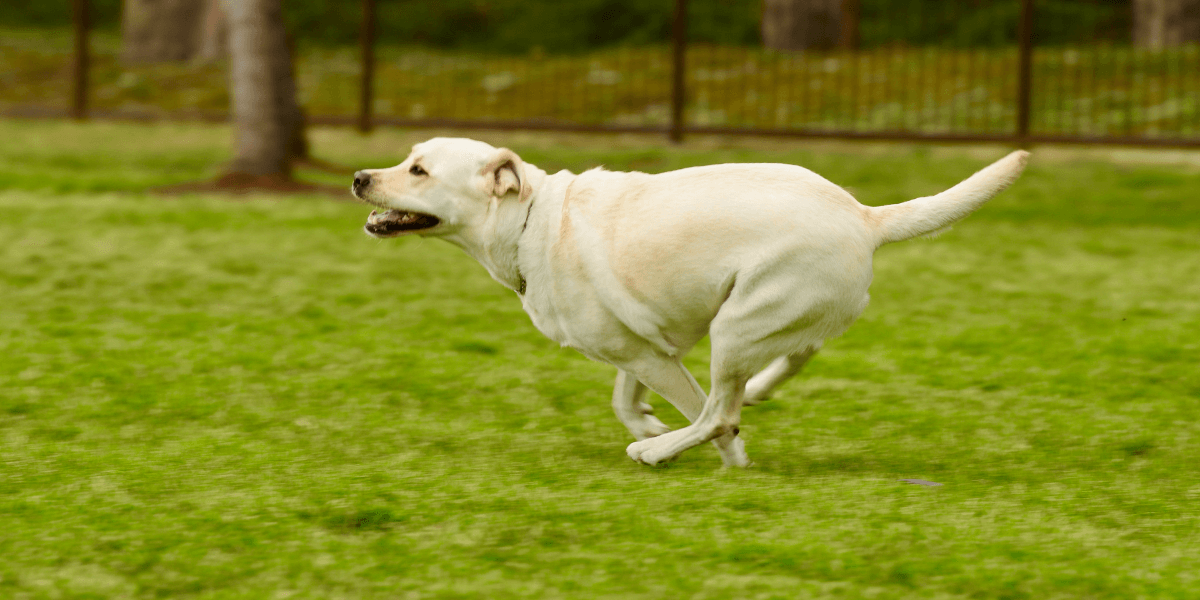
Consistency and structure are crucial for successful training
- Set a Schedule: Consistency helps them understand when to training sessions and reinforces routine
- Short Sessions: Keep training sessions brief—around 5-10 minutes—to maintain your Labrador’s focus
- Clear Commands: Simple, consistent commands help avoid confusion and ensure understanding
- Regular Exercise: Physical activity helps burn off energy and keeps your Labrador engaged
- Positive Reinforcement: This positive reinforcement helps your Labrador associate good behavior with rewards
3. Teaching Basic Commands
Basic commands form the foundation of good behavior and control
Sit:
- This basic command helps with managing your Labrador’s behavior
- Hold a treat above your Labrador’s head and move it back towards their tail
- As they follow the treat, they’ll naturally sit. Reward them immediately
Stay:
- The command is vital for impulse control and ensuring your Labrador remains in place
- Start with your Labrador in a sitting position
- Command “stay,” take a step back, and reward if they stay put
- Gradually increase the distance
Come:
- Reliable recall is crucial for safety and effective training
- Call your Labrador by name and use the command "come"
- Reward them as soon as they approach you
4. Addressing Common Behavioral Issues
Common behavioral issues in Labradors can be managed with proper training
Jumping Up:
- Labradors may jump up to greet people, which can be controlled with training
- Ignore the jumping and reward your Labrador only when they remain calm
- Consistent responses help them learn appropriate greeting behavior
Chewing:
- Labradors, especially puppies, may chew on inappropriate items.
- Provide a variety of chew toys and redirect their chewing to these items
- Praise them when they use their toys
Barking:
- Excessive barking can be a sign of boredom or anxiety
- Identify the cause of barking and address it
- Use commands like “quiet” and reward your Labrador for stopping barking on command
Addressing Labrador behavioral issues shares similarities with training German Shepherds to be well-behaved companions.
5. Socialization: Essential for a Well-Adjusted Dog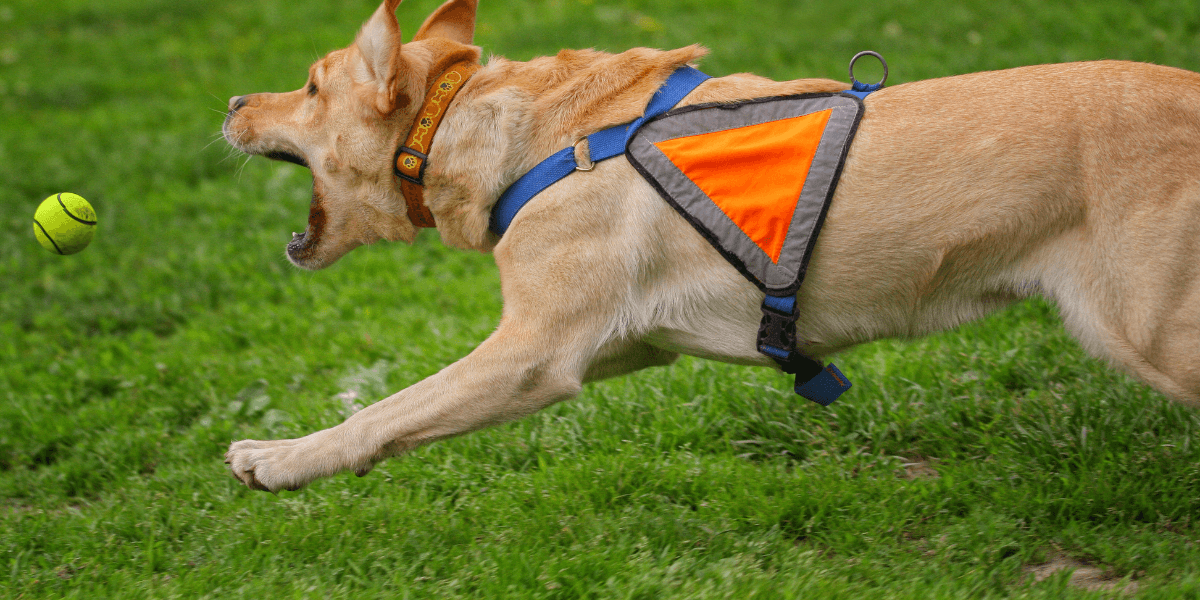
Socialization is crucial for developing a well-adjusted and friendly Labrador.
- Early Exposure: Introduce your Labrador to various people, animals, and environments early on
- Positive Experiences: Ensure each new experience is positive to build your Labrador’s confidence
- Consistency: Regular socialization helps reinforce positive behaviors in your Labrador
- Supervised Interactions: Monitor your Labrador during new interactions to ensure safety
- Patience: Allow your Labrador to adjust at their own pace to avoid overwhelming them
- Controlled Environments: Puppy classes and playdates offer controlled settings to practice social skills
Labrador. For comprehensive guidance on this process, refer to this article.
6. Advanced Training: Building on the Basics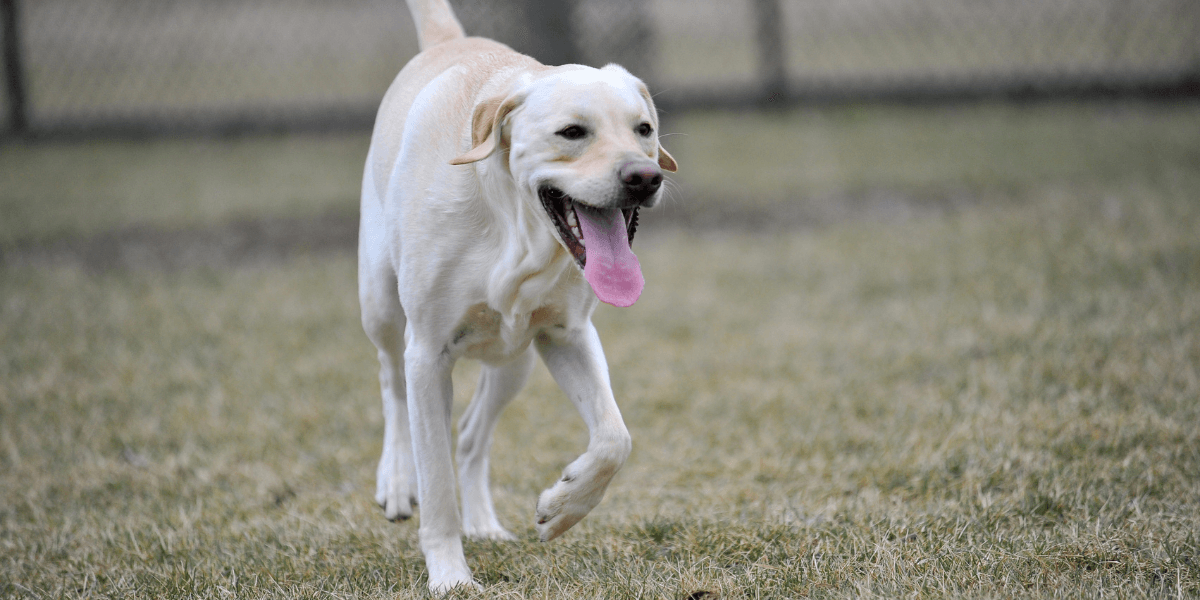
Once your Labrador has mastered basic commands, you can introduce more advanced training.
Leash Training:
- Teaching your Labrador to walk nicely on a leash prevents pulling
- Use treats to reward your Labrador for walking beside you without pulling
- If they pull, stop walking and resume once they return to your side
Trick Training:
- Learning tricks provides mental stimulation and strengthens your bond with your Labrador
- Start with simple tricks like “shake” or “rollover”
- Use treats and positive reinforcement to encourage learning
7. Maintaining Consistency and Patience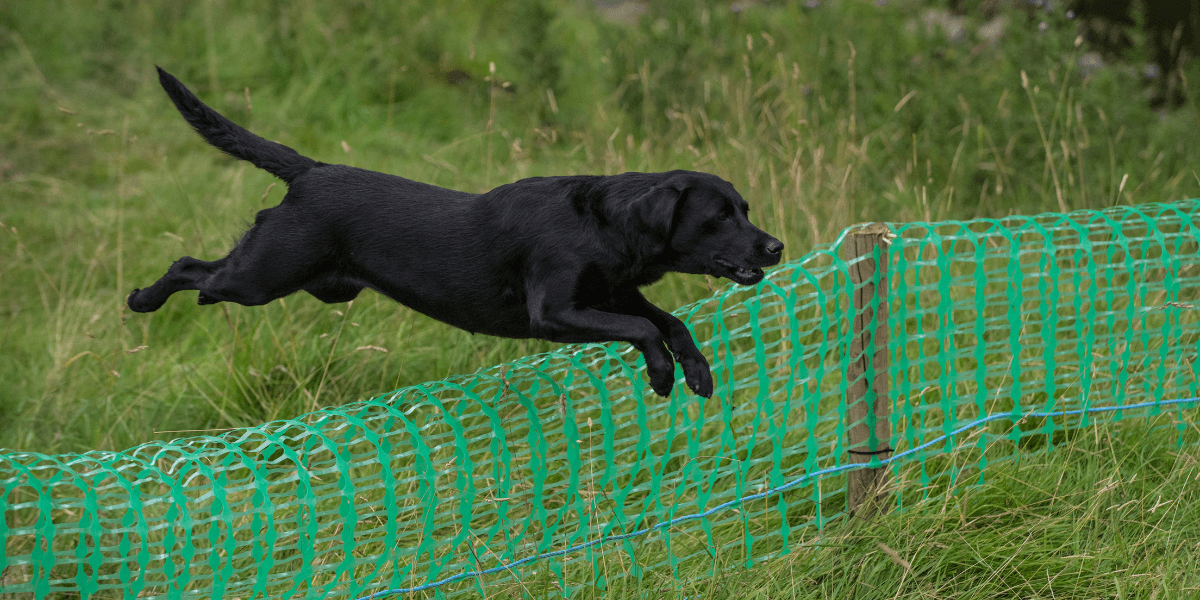
Training your Labrador requires patience and consistency.
- Stay Positive: Encouragement and rewards are more effective for reinforcing good behavior
- Clear Commands: Use simple and consistent commands to avoid confusing your Labrador
- Routine: Establish a regular routine to help your Labrador understand expectations
- Be Patient: Remain patient and consistent in your approach
- Adapt as Needed: Adjust your training methods based on your Labrador’s progress and individual needs
- Stay Calm: Maintain a calm demeanor to help your Labrador stay focused and relaxed
Learn how patience and consistency can transform your Great Dane with our training guide.
FAQs
1. When should I start training my Labrador Retriever?
- Start training as early as 8 weeks old for best results
2. What are the key commands to teach a Labrador Retriever?
- Teach basic commands like "sit," "stay," "come," and "heel"
3. How long should each training session be?
- Keep sessions brief, around 10-15 minutes, to maintain focus
4. What training methods work best for Labradors?
- Use positive reinforcement with treats and praise for effective training
5. How often should I train my Labrador Retriever?
- Train consistently, ideally daily, to reinforce commands and skills
6. How can I address behavioral issues in my Labrador?
-
Use positive reinforcement and be consistent with commands and rewards
7. What is important in Labrador Retriever training?
- Patience and consistency are key to successful Labrador Retriever training
Conclusion
- Labrador Retriever Training is an ongoing journey that strengthens your bond
- Stick to a consistent routine to reinforce good behavior
- Use rewards and praise to motivate and encourage your Labrador
- Be patient and persistent; progress takes time
- Continue to challenge and engage your Labrador with new commands and activities
- Consider professional training if needed for specific issues
- Use training sessions as an opportunity to strengthen your bond with your Labrador
- Embrace the training process and celebrate each milestone with your well-behaved companion
Your feedback helps us provide valuable resources to the pet community!
References
- How to Train a Labrador Retriever Puppy
- Training Labradors - a Realistic, Honest Labrador Training Guide
- Orthopedic Dog Beds: Help for Senior Dog Arthritis?
- Learn About Labrador Retriever Training
Your feedback and insights are always welcome!
Thank you!



